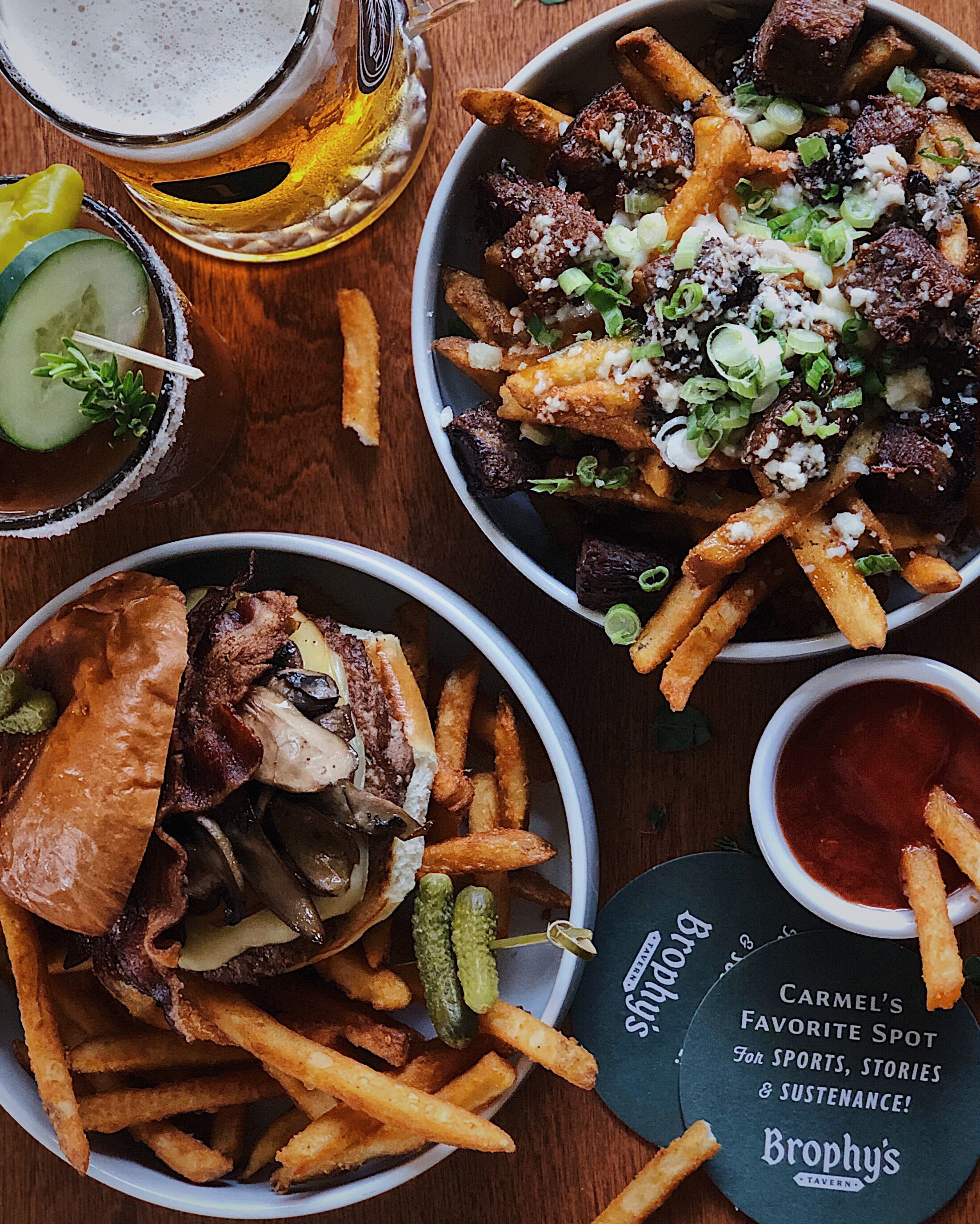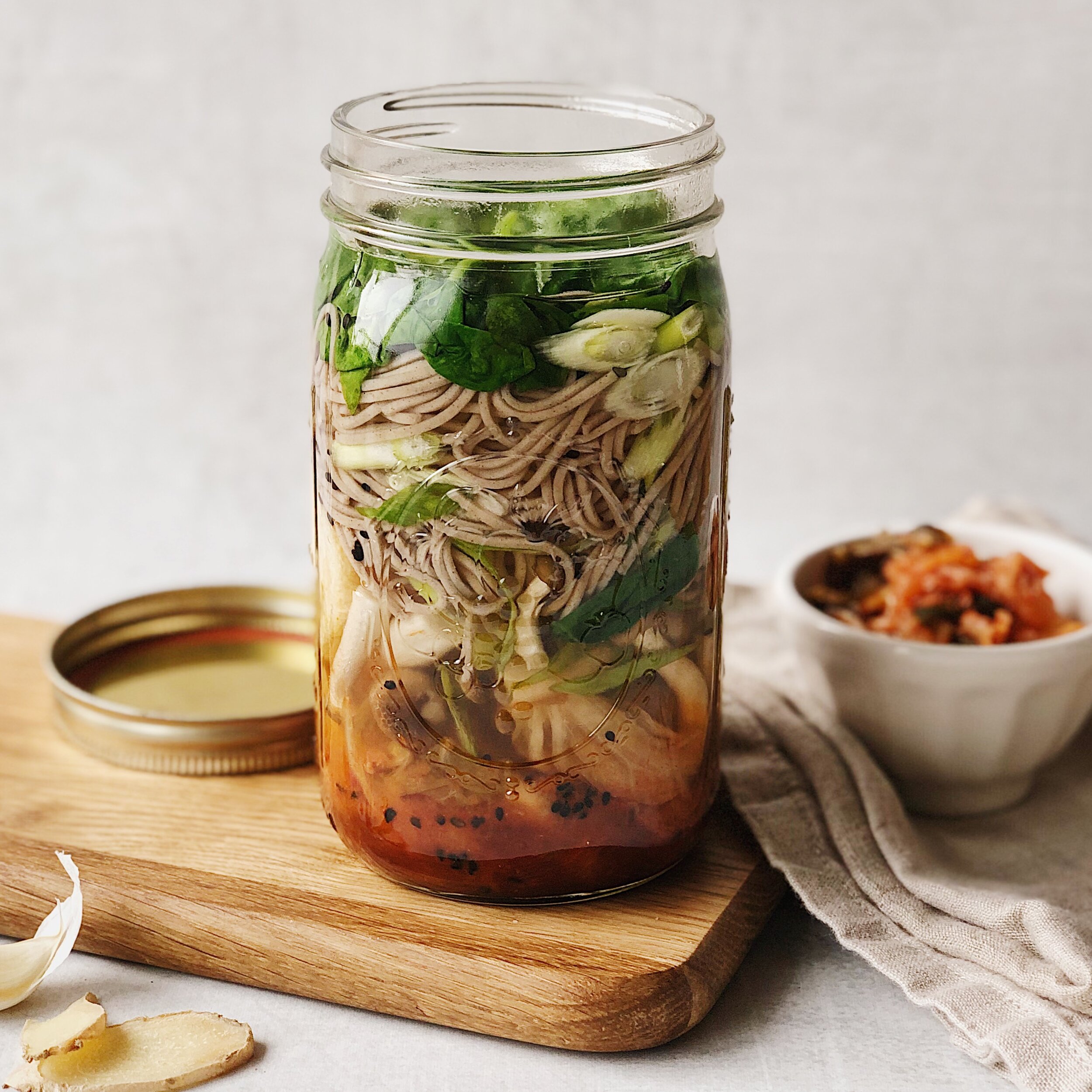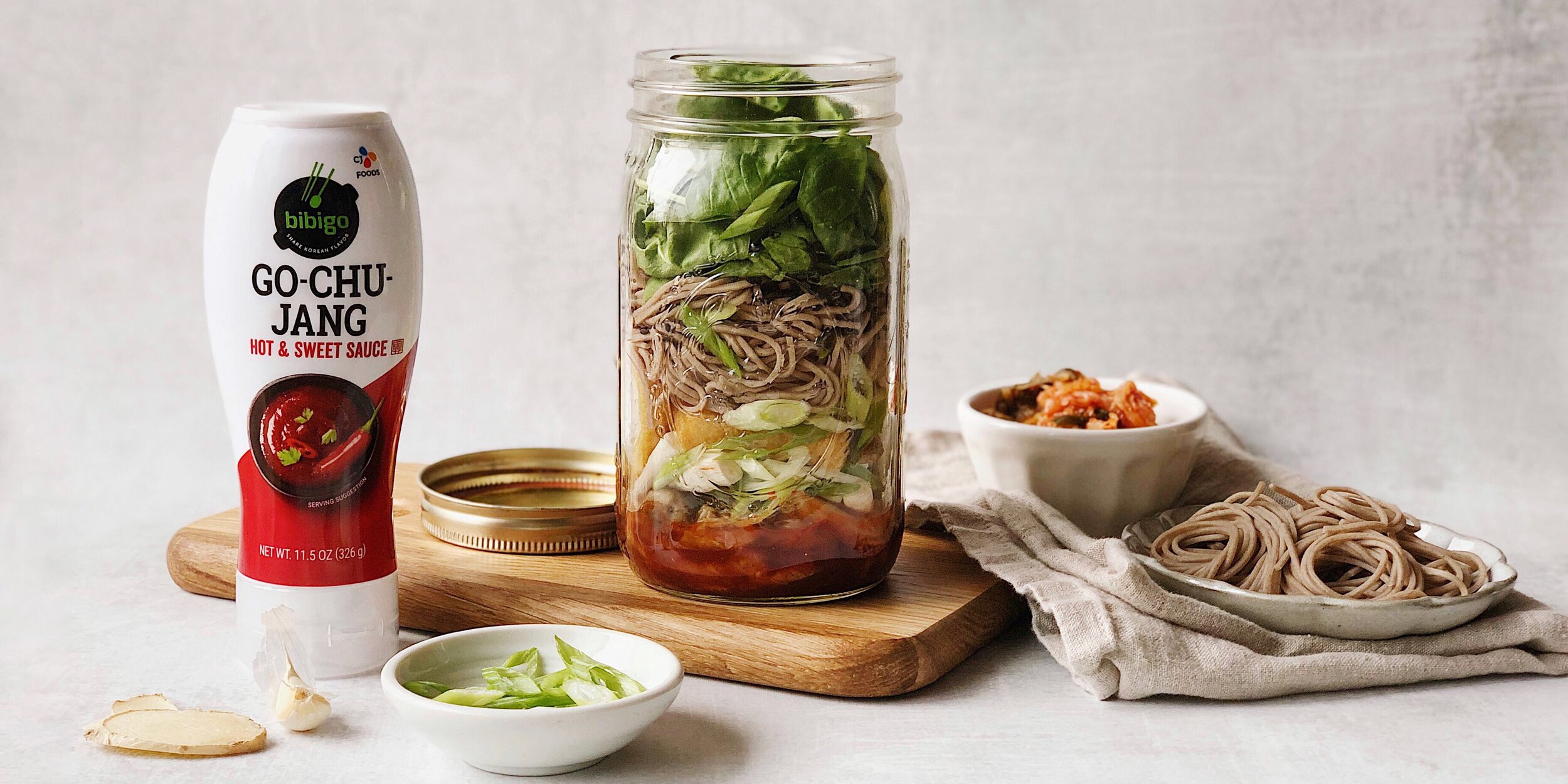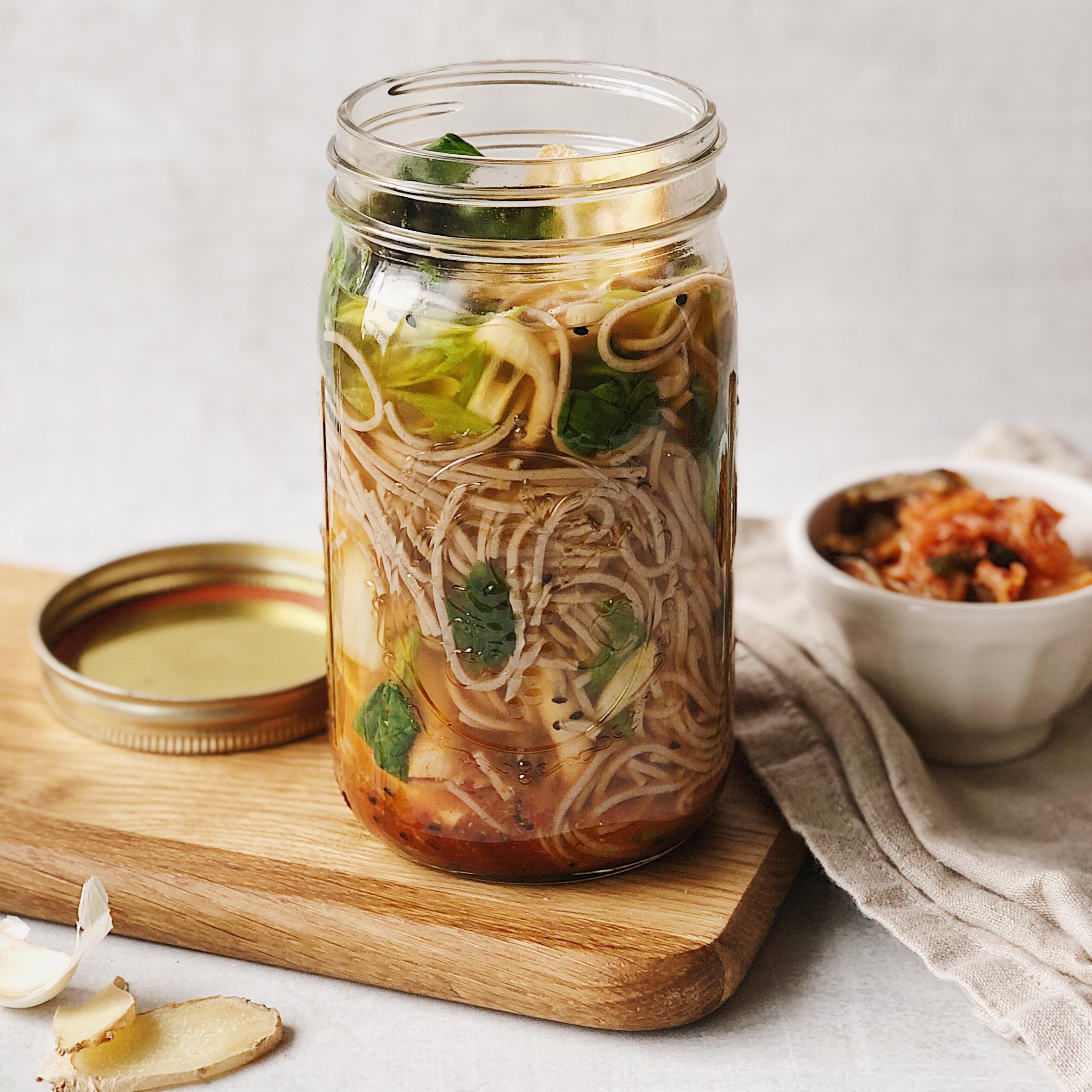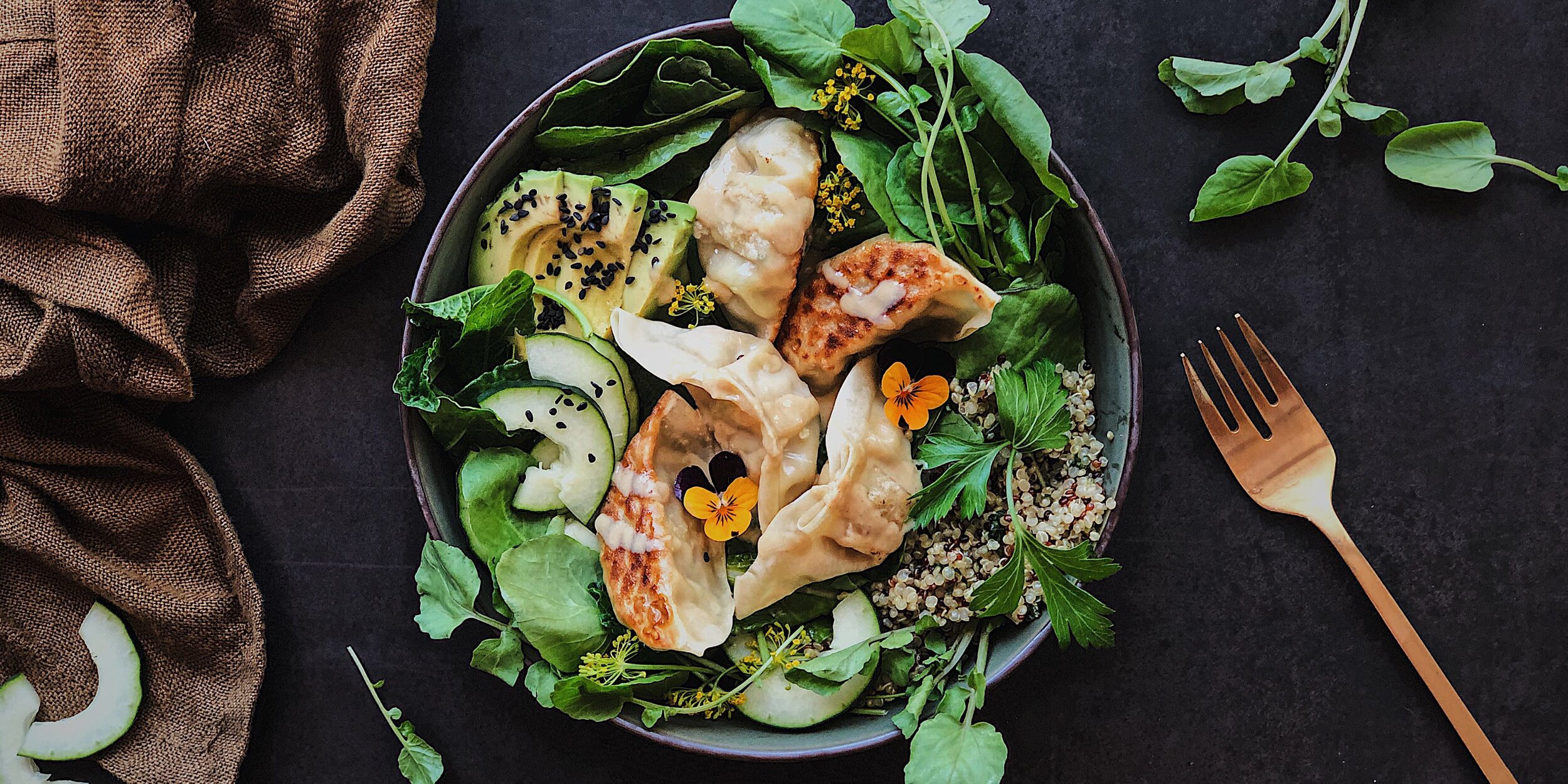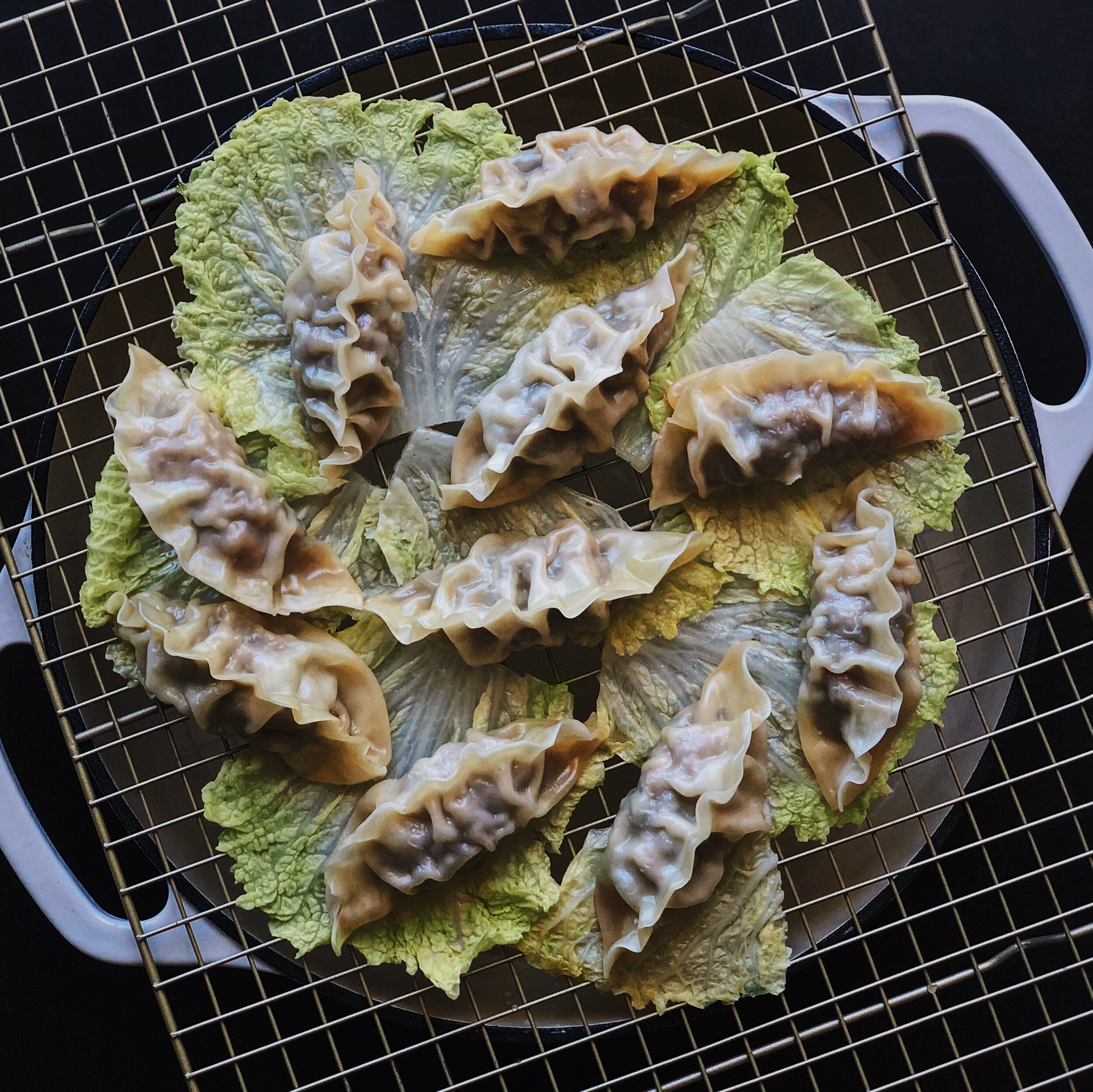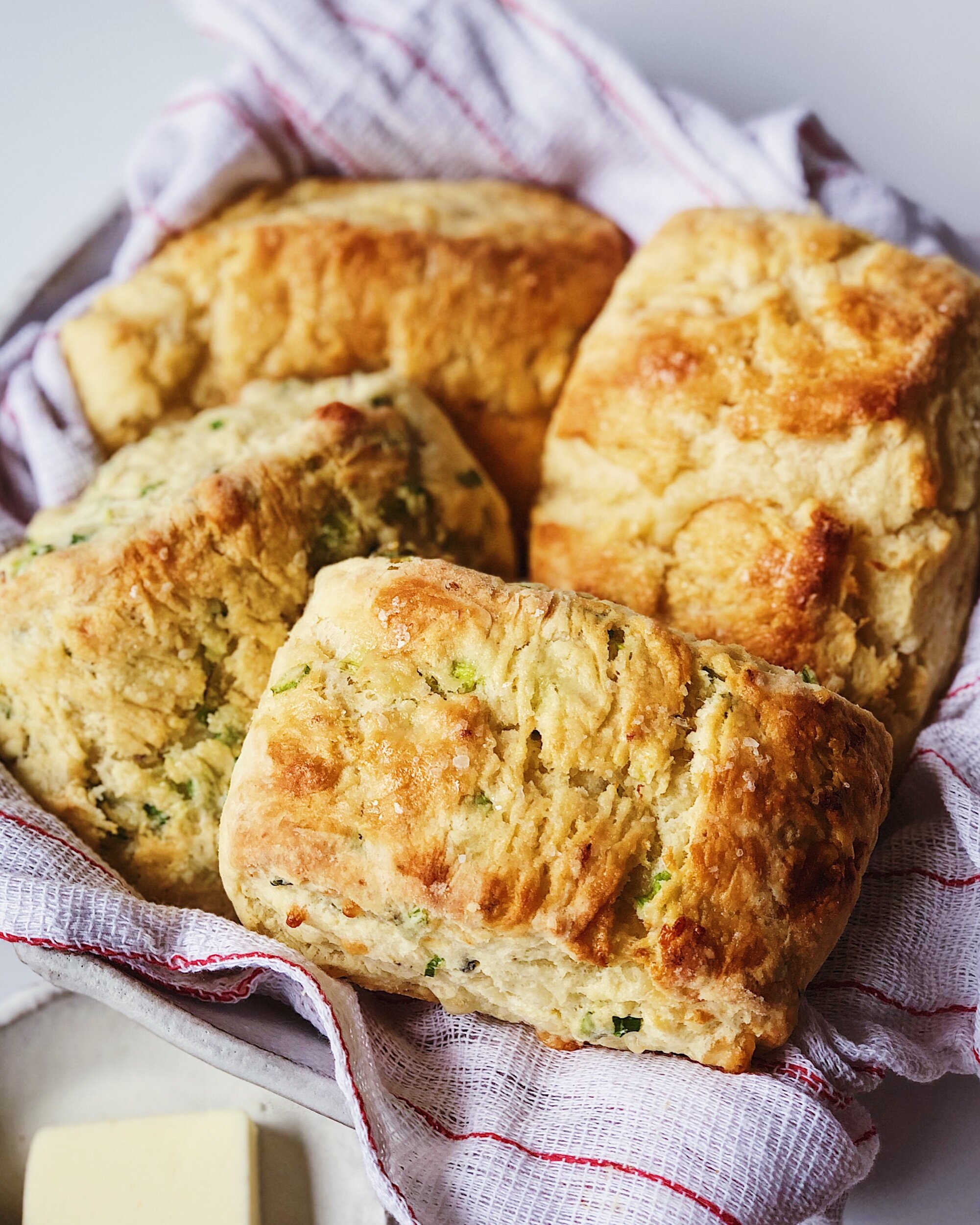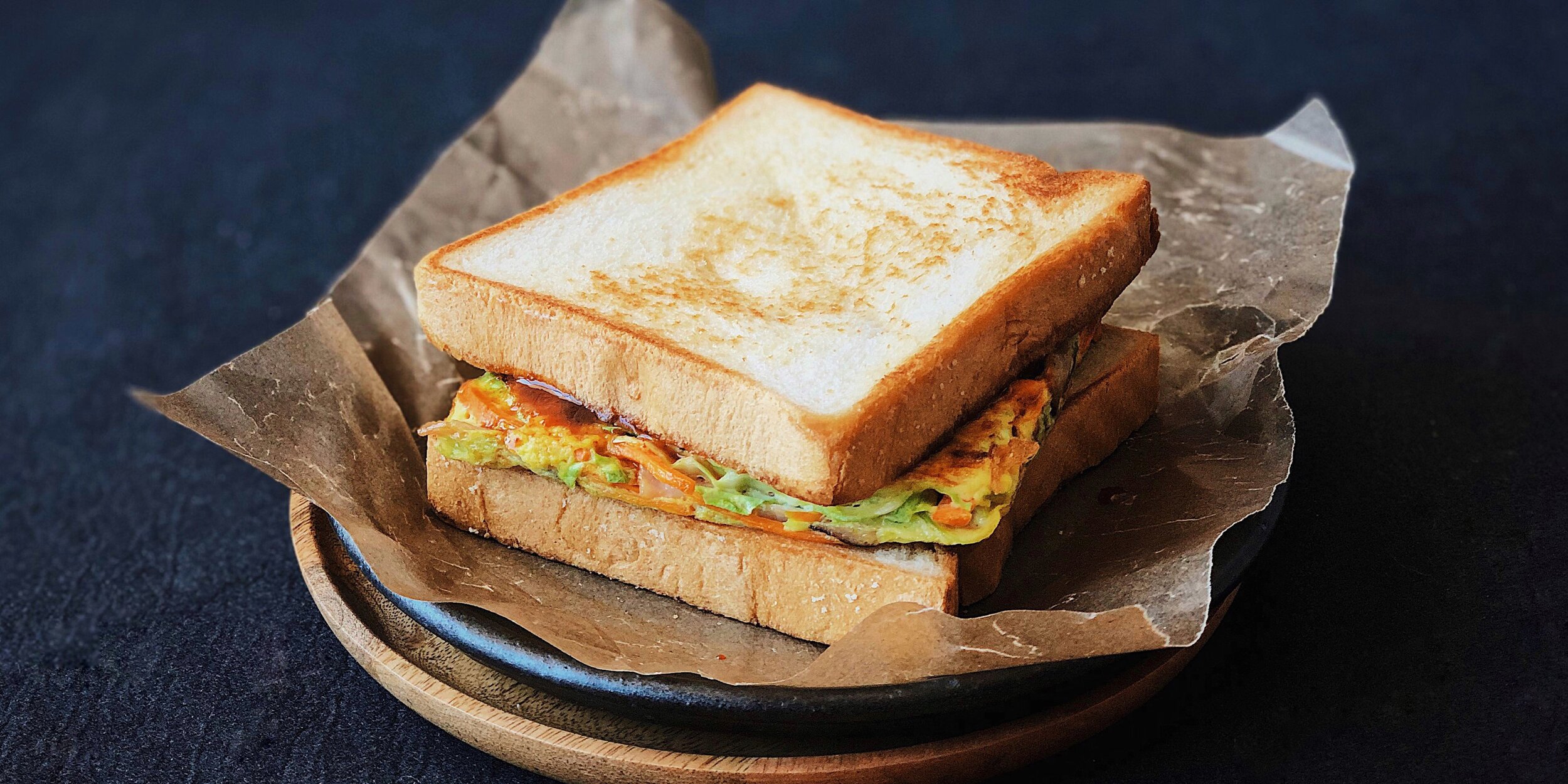Recipe: Mandu Jeongol
/I can’t wait for hot pot season. Despite usually preferring sunshine, I do have a deep appreciation for gloomy weather that is motivated mostly by my stomach.
I think budae jjigae has gotten some spotlight in recent years—a trendy dish among younger adults in South Korea but a dish borne out of a deep and sad history. (I learned a lot from this article on Food52 and this video from Munchies). So for those who already know and love budae jjigae in its modern revival, the easiest way I describe mandu jeongol to you is a healthier, more veggie-forward version. While budae jjigae night feels like going all in on processed, salty favorites (no sarcasm here; I LOVE Spam), mandu jeongol night feels like a nice cozy night in, eating lots of fresh veggies and loving it. It can definitely still involve lots and lots of soju though, too!
For me, the most key ingredients to a good mandu jeongol are the crown daisy greens (also known as chrysanthemum greens, I find these at Asian markets); gray squash (I get this from my neighborhood Mexican market), and of course ready-made mandu/dumplings. While even the first two can be improvised if you do not have access to less mainstream produce, do not skimp on the mandu! As I have said many times before on my blog, Bibigo Beef & Vegetable Mandu are my absolute fave when it comes to frozen dumplings. They are so juicy and flavorful! So, obviously that is what I used here. Veggies are great and all, but obviously these mandu were the best part of the hot pot.
As with any hot pot, the ingredients and amounts are just guidelines. Eat things as they get cooked to your liking, and adding more ingredients as you go!
How to Make Mandu Jeongol
Ingredients for soup base
4 tbsp coarse gochugaru
2 tbsp soy sauce
2 tbsp fish sauce
5–6 cloves garlic, minced
1 tbsp Korean plum extract or Chinese plum sauce
32 oz bone broth or chicken stock
Salt to taste
Ingredients for Hot Pot
1/2 medium onion, sliced
3 scallions, cut into 2-inch pieces
1/2 block firm tofu, sliced
1 gray squash, sliced
1 carrot, sliced*
6 cremini or shitake mushrooms
3 ounces enoki mushrooms
12 ounces napa cabbage, cut into chunks
2 cups crown daisy leaves
8+ Bibigo Beef & Vegetable Mandu
1/2 cup kimchi (optional)
1/2–1 cup tteok/fresh rice cakes (optional)
* I used mini bento vegetable cutters to cut my carrot slices and give them that scalloped edge.
Procedure
Make soup base by combining gochugaru, soy sauce, fish sauce, garlic, and plum extract/plum sauce. Mix together and set aside.
In a wide, shallow pot, evenly distribute the onions and white parts of scallions. Add kimchi, if using. Stir together sauce mixture with a splash of broth and pour evenly over onions.
Arrange remaining vegetables and tofu (and rice cakes, if using) in the pot as desired. Top with frozen mandu. Fill the pot using the remaining broth. Cover, and place on a portable cooktop/burner at the table. Bring to a boil, remove the lid, and enjoy eating the ingredients with your table companions as they get cooked.
Thank you so much to Bibigo USA for sponsoring this recipe! For more recipe ideas and to learn more about their products, visit their website!
















